Best indoor trees: 9 leafy options for a greener home
The best indoor trees are the perfect choice for plant parents looking to make a bold style statement
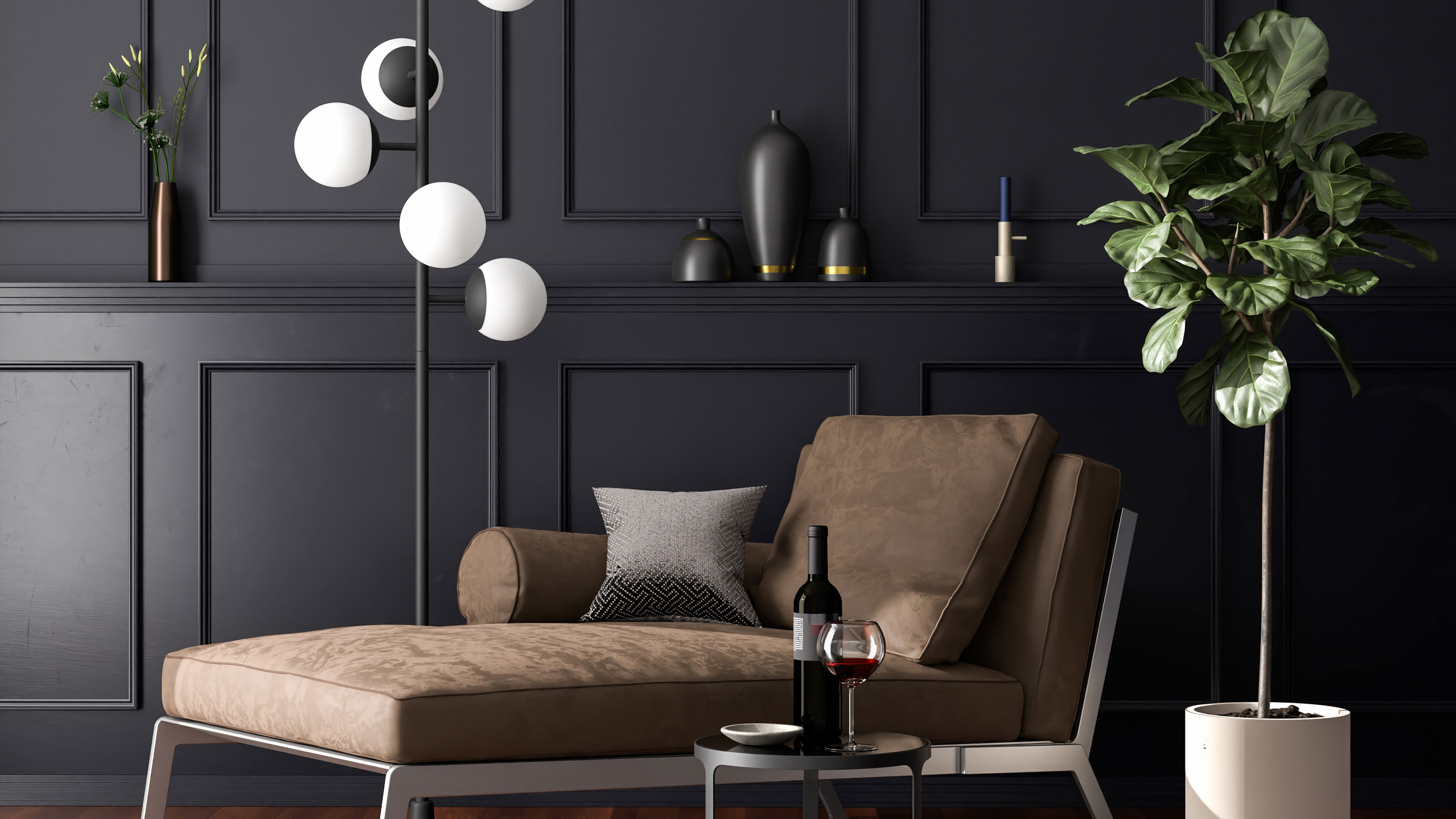

The best indoor trees can lift an interior from bland to bold in one easy step. They create more impact than smaller houseplants, anchoring the room and providing a stylish talking point.
Trees comes in many different sizes and have varying growth rates, so before making a choice, do some research to ensure that you buy one that’s best suited to your apartment or house. Depending on where you want to place the tree, assess the light levels. Some trees can thrive in darker spaces, while others depend on eight hours of sunshine to do well.
Temperature is another factor, especially when it comes to growing tropical trees. Always ensure that you have sufficient room to accommodate the tree’s ultimate height (the plant label will give this information). If space is very limited, play safe and opt for a dwarf variety.
Although some trees may need more care than some of the best indoor plants, this interaction can be good for our health. According to houseplant expert David Domoney, author of My Houseplant Changed My Life: 'We all know the feeling of needing to disconnect and spend some time away from the screen. Caring for living plants provides that escape and washes away the pressures of the constantly connected world by replacing it with plants that don’t make constant demands of us.'
Make a statement with the best indoor trees for your home
With a little know-how, it's easy to find the best indoor trees to suit your space and style requirements. Our recommendations have options for rooms big and small.
1. Citrus tree
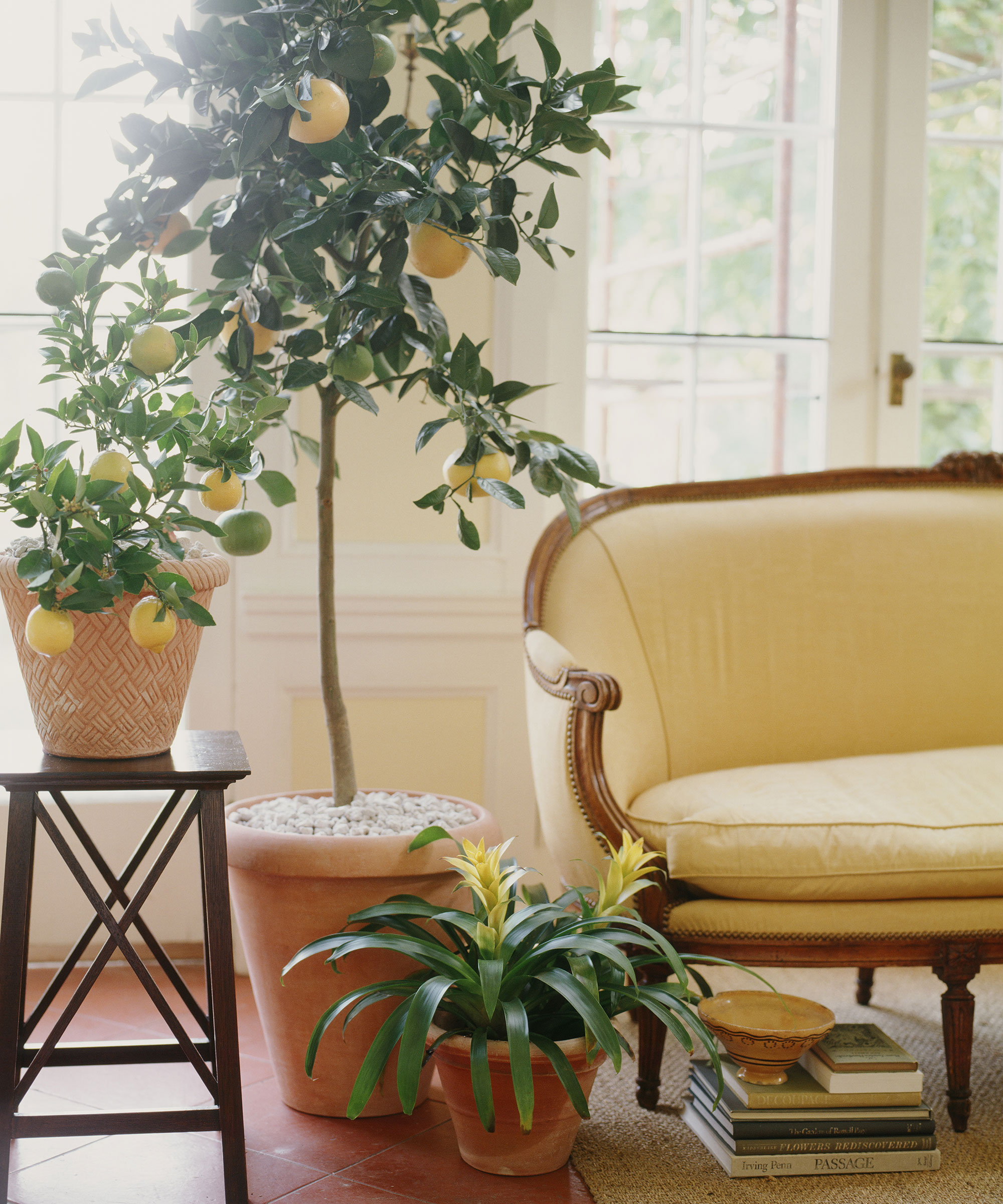
Imagine slicing a lemon for your drink or picking a juicy orange for breakfast from a tree which has grown in your own apartment. Citrus trees are one of the best fruit trees to grow in pots, but they will need direct sunlight for five to six hours a day, in a position away from drafts and hot radiators.
Add a layer of gravel between the pot and the saucer to improve drainage. Establish a regular watering routine every seven to 10 days. 'Normal tap water can be a bit hard on their roots, so I'd recommend filtered or even rainwater to help them stay healthy,' says Nathan Raab, Managing Director of Pointless Plants. Mist the leaves to add humidity, and sponge the foliage from time to time to remove dust and the risk of pests such as whitefly and spider mites.
A healthy citrus plant has glossy green leaves, creamy fragrant blossom – and ultimately, a delicious crop of eye-catching fruit.
2. Pygmy date palm
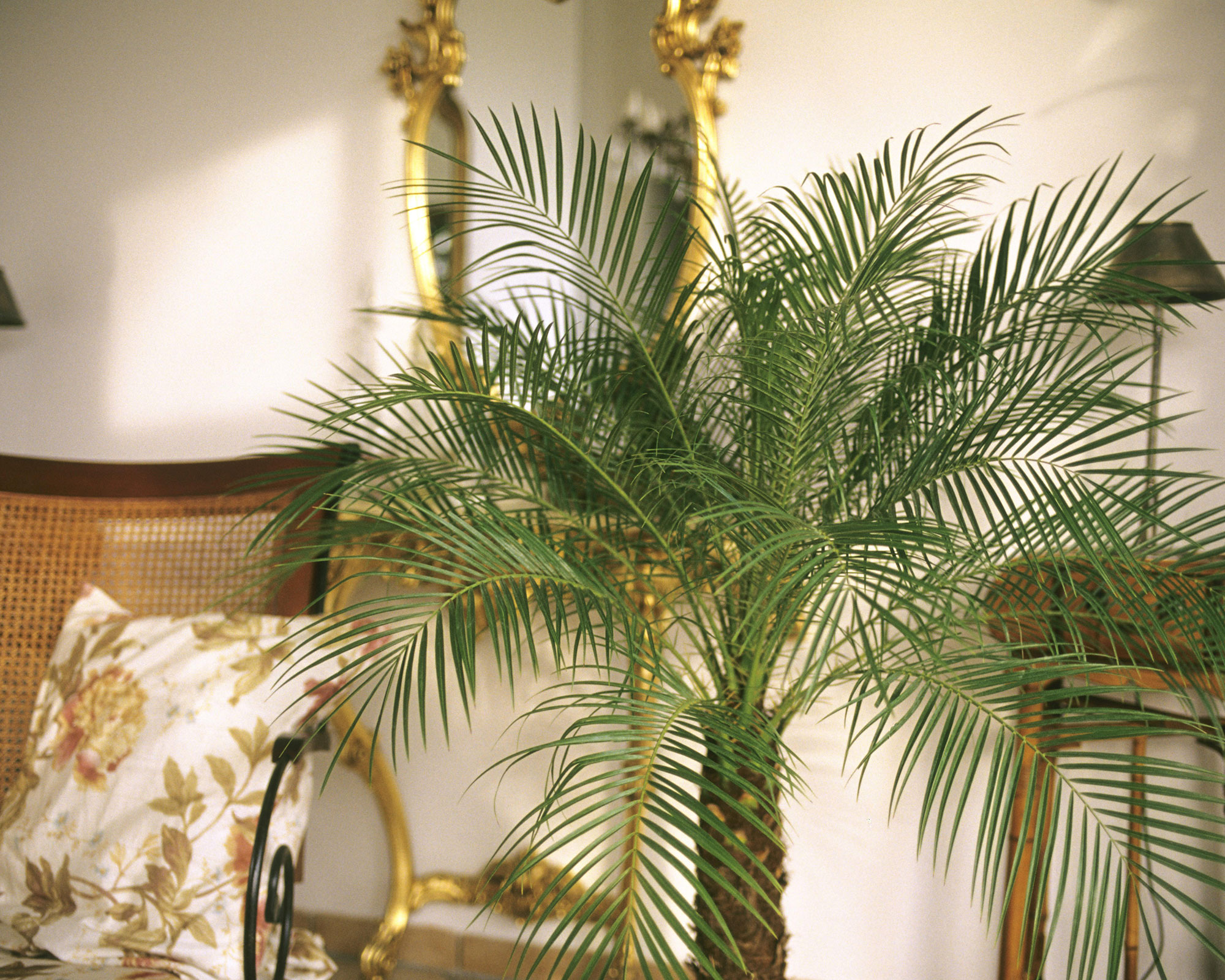
If you have a light-flooded home with high ceilings, a pygmy date palm (Phoenix roebelenii) is one of the best indoor trees as it will make a fabulous focal point in any interior.
The arching green fronds on top of a thick, textured trunk add a truly tropical garden vibe to your space. Warmer climes suit this plant, but it is surprisingly hardy.
To boost the humidity it prefers, stand it on a layer of gravel and water. Water frequently in summer, only when the top few inches of compost feel dry. Feed weekly with a diluted fertilizer in the growing season. It’s a slow grower, but you can expect it to top 6ft (1.8m) tall eventually.
3. Weeping fig
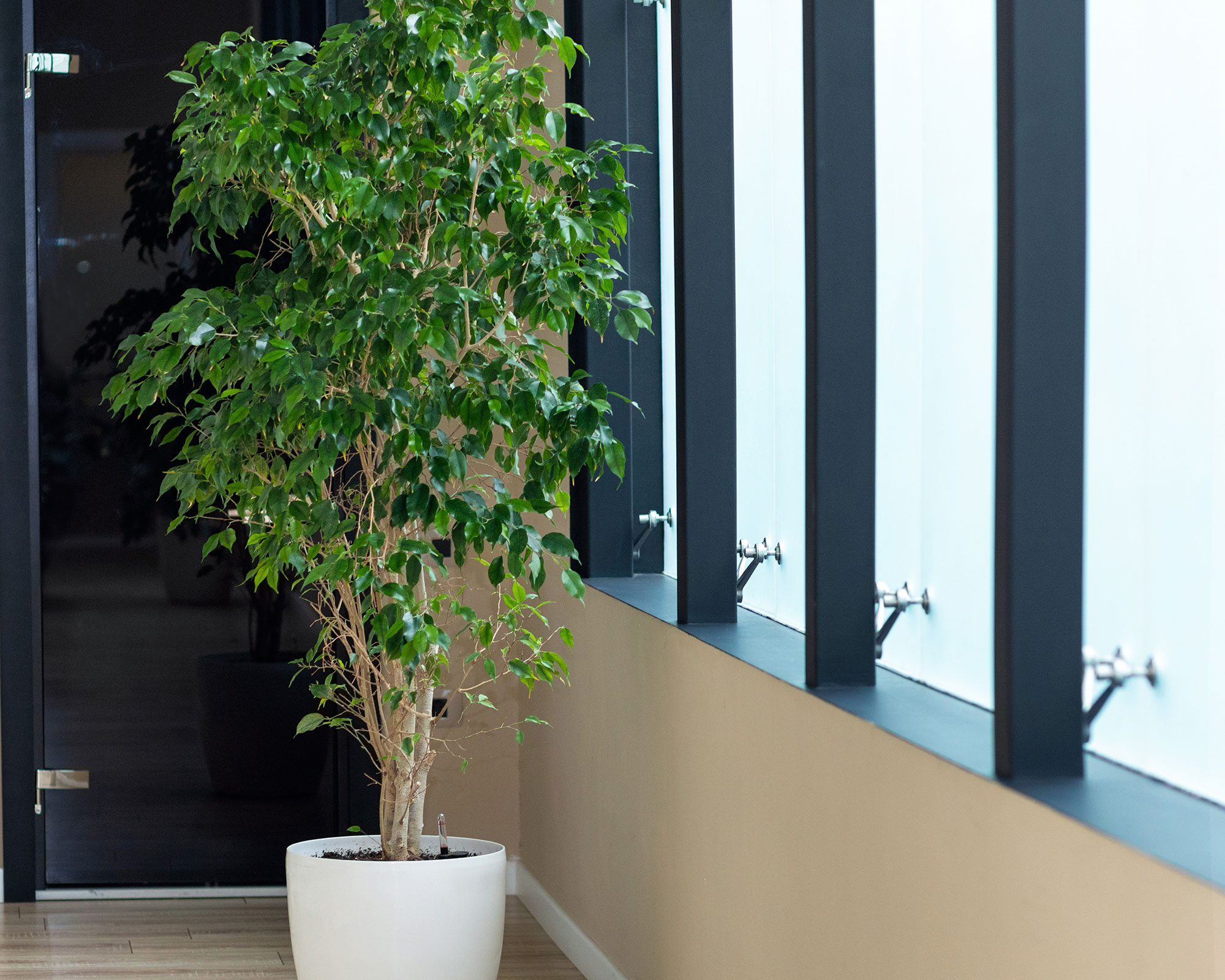
This tree (Ficus benjamina) has glossy, green foliage which droops slightly, hence the name. It can reach 10ft (3m) tall and over 6ft (1.8m) wide, but it can easily be trimmed into shape.
Position in a spot away from drafts and radiators and stick to the same place, because these plants do not like to be moved. They prefer indirect sunlight and the leaves will drop if they are unhappy. Keep the soil moist in growing season, then reduce watering during the winter months.
4. Money tree
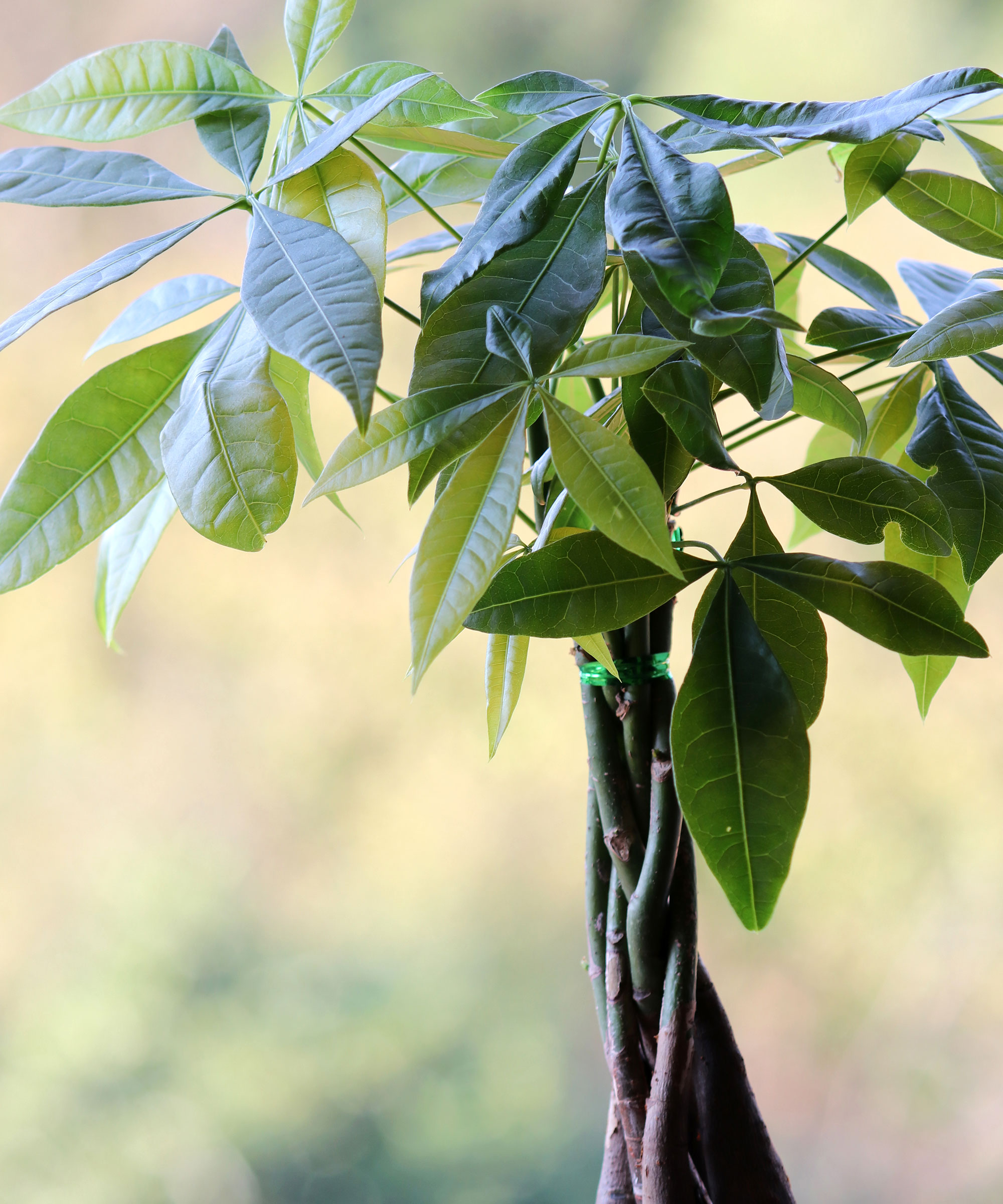
A top choice of Nathan Raab of Pointless Plants who says, 'this is a lovely compact little treat, and a wonderful addition if you're looking to add something more exotic to your indoor garden ideas.'
As these plants (Pachira acquatic) originate in the wetlands of South and Central America, they prefer humid air. 'Keep them out of direct sunlight and don’t forget to water them – they need pretty damp soil to really thrive,' advises Nathan.
5. Ginseng Bonsai Tree
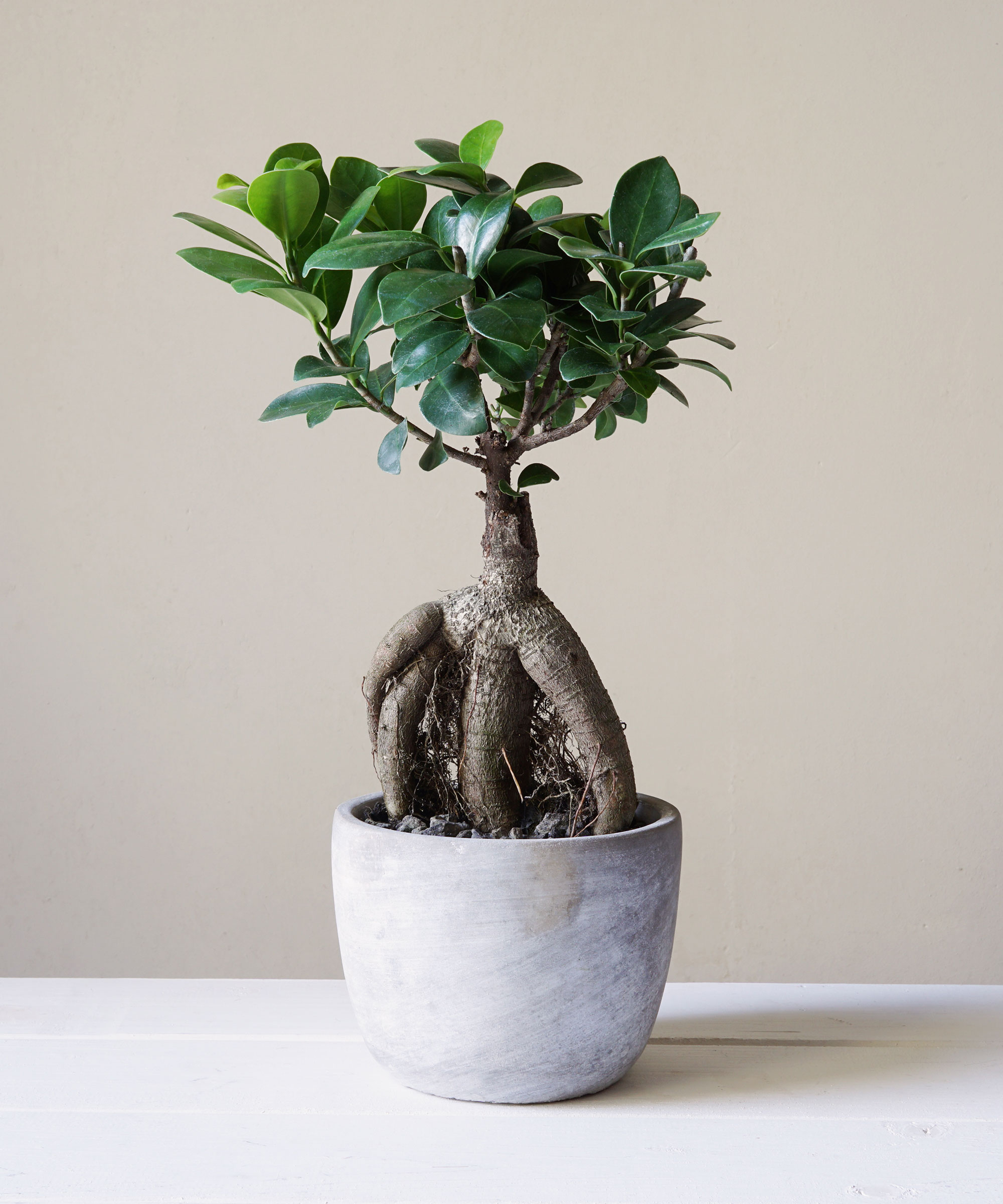
If you’re really short of space, but long for the look of a tree, go micro. Bonsai trees are miniatures which are trained to look like mature ones. Ginseng Bonsai trees are particularly easy to care for, so are a good choice if you're on the hunt for the best low maintenance trees for inside your home.
'It’s a go-to for first time bonsai practitioners,' says Nathan Raab. Grow in bright light but avoid direct sunshine and keep the compost moist but not wet. Use a specialist bonsai feed from spring through to mid-autumn and mist the leaves regularly with a plant spray. These little trees can be toxic to pets, so take care when placing them.
6. Cardamom Tree
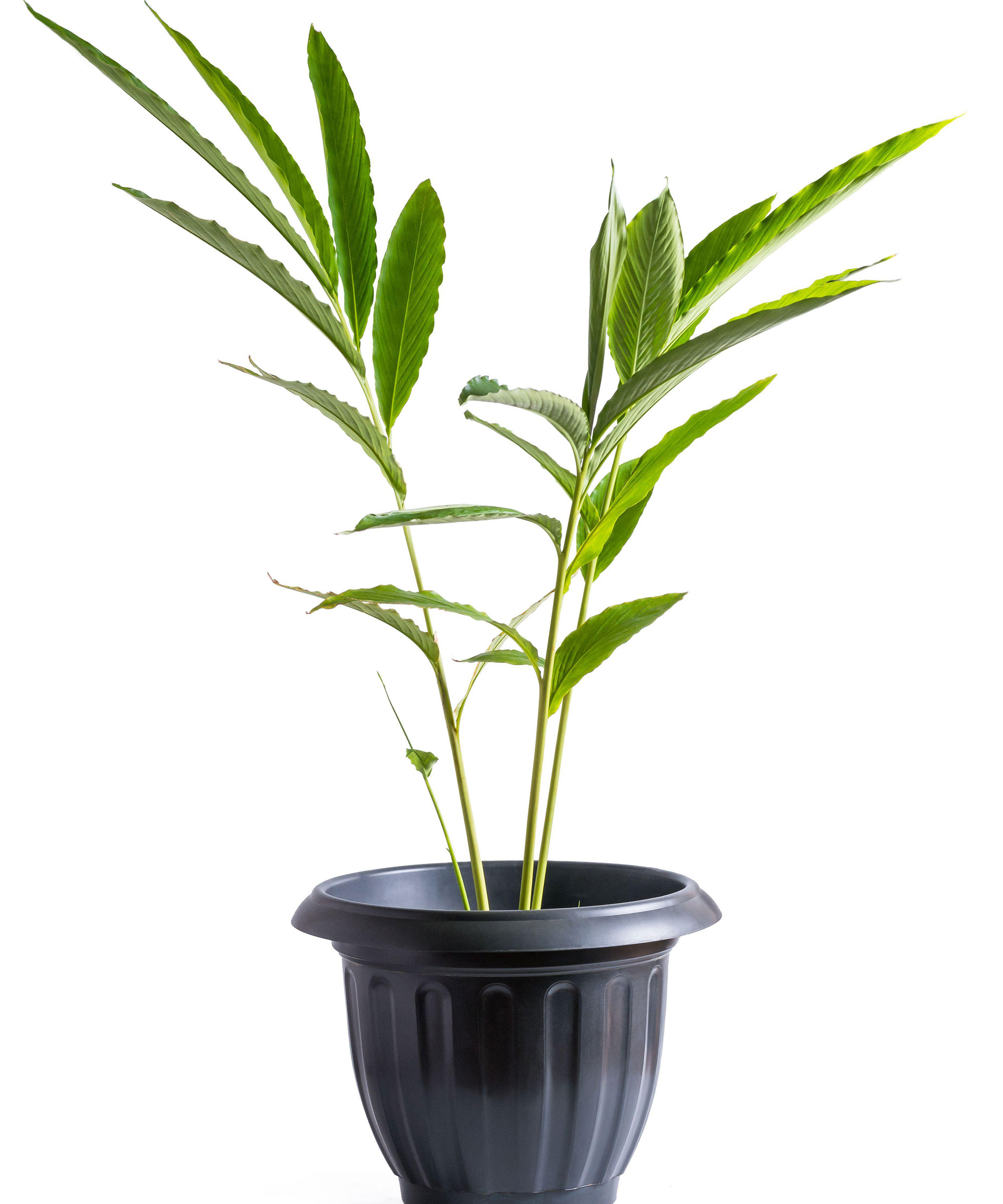
A great choice for our list of best indoor trees as it can tolerate lower light levels. The plants which produce the familiar pods which are used as a curry spice are their wild cousins. But this version (Elettaria cardamomum) does have bright green aromatic leaves which can be added to a gin cocktail or chopped into a cake batter to infuse subtle flavour.
'They are easy to maintain in the summer and they go dormant during the winter months, making them a great choice,' says Nathan Raab.
As rainforest plants, cardamom trees enjoy humid conditions and warm temperatures (ideally around 72-80˚F). They will do well in a sunny conservatory in the UK, and flourish in countries with warmer climates.
7. Fiddle Leaf Fig
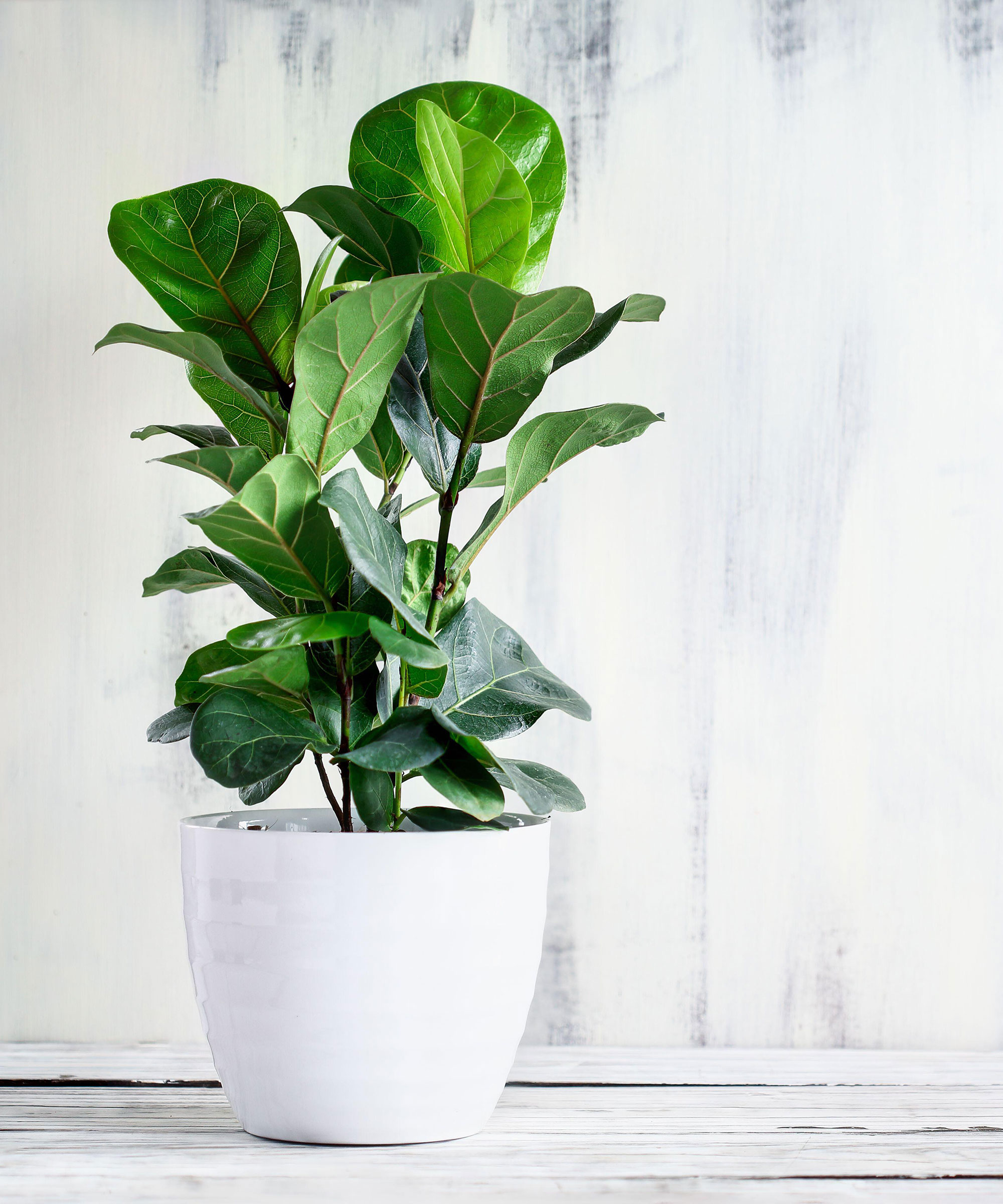
Give your indoor plant ideas a lush, exotic feel with the addition of one of these handsome trees. They have large, well-shaped leaves on top of a lean trunk, and can top 10ft (3m) tall.
Best for a bright position in a warm room, but take care, as hot summer sun can scorch the leaves, causing them to develop small brown spots. Once in place, the fiddle leaf fig prefers to stay put, and it might lose some leaves if it is moved suddenly.
To avoid sogginess, water only when the top couple of inches feels dry when you push a finger into the compost. Wipe the leaves to keep them dust-free and mist them regularly in centrally heated rooms.
8. Umbrella tree
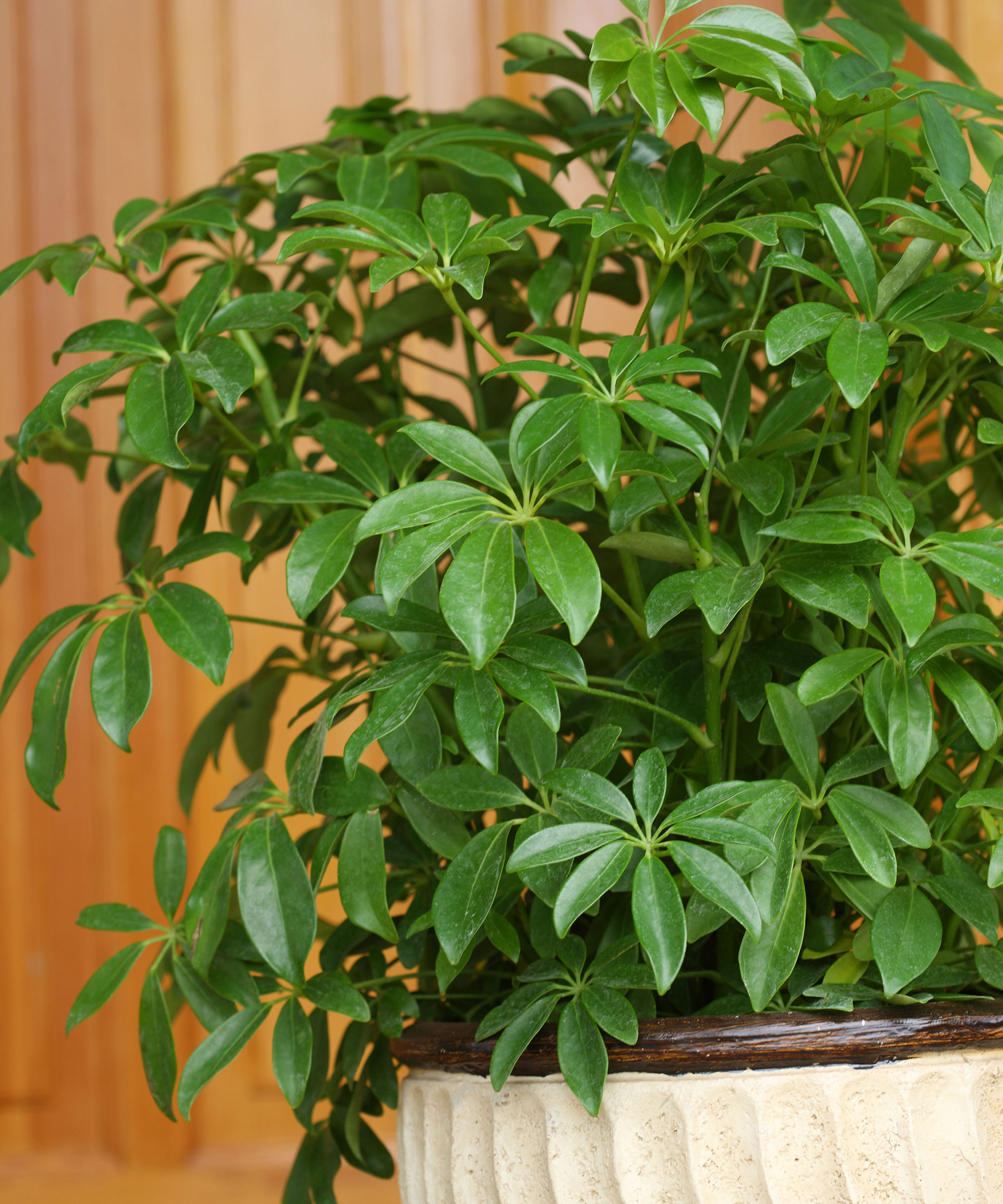
This is an easy-to-grow plant with large, shapely leaves, making it a great addition to our list of best indoor trees. It will grow up to 5ft (1.4m) tall but you can cut it back if it is outgrowing the available space.
There are two varieties of the umbrella tree, Schefflera arboricola, the larger type, which is native to Taiwanese forests, and Schefflera actinophylla a smaller variety which grows in the forests of Australia, New Guinea and Java. Both need bright but indirect light.
This is an easy-going plant, but over-watering can cause the roots to rot. If the tree starts leaning towards the light, rotate it from time to time.
9. Olive
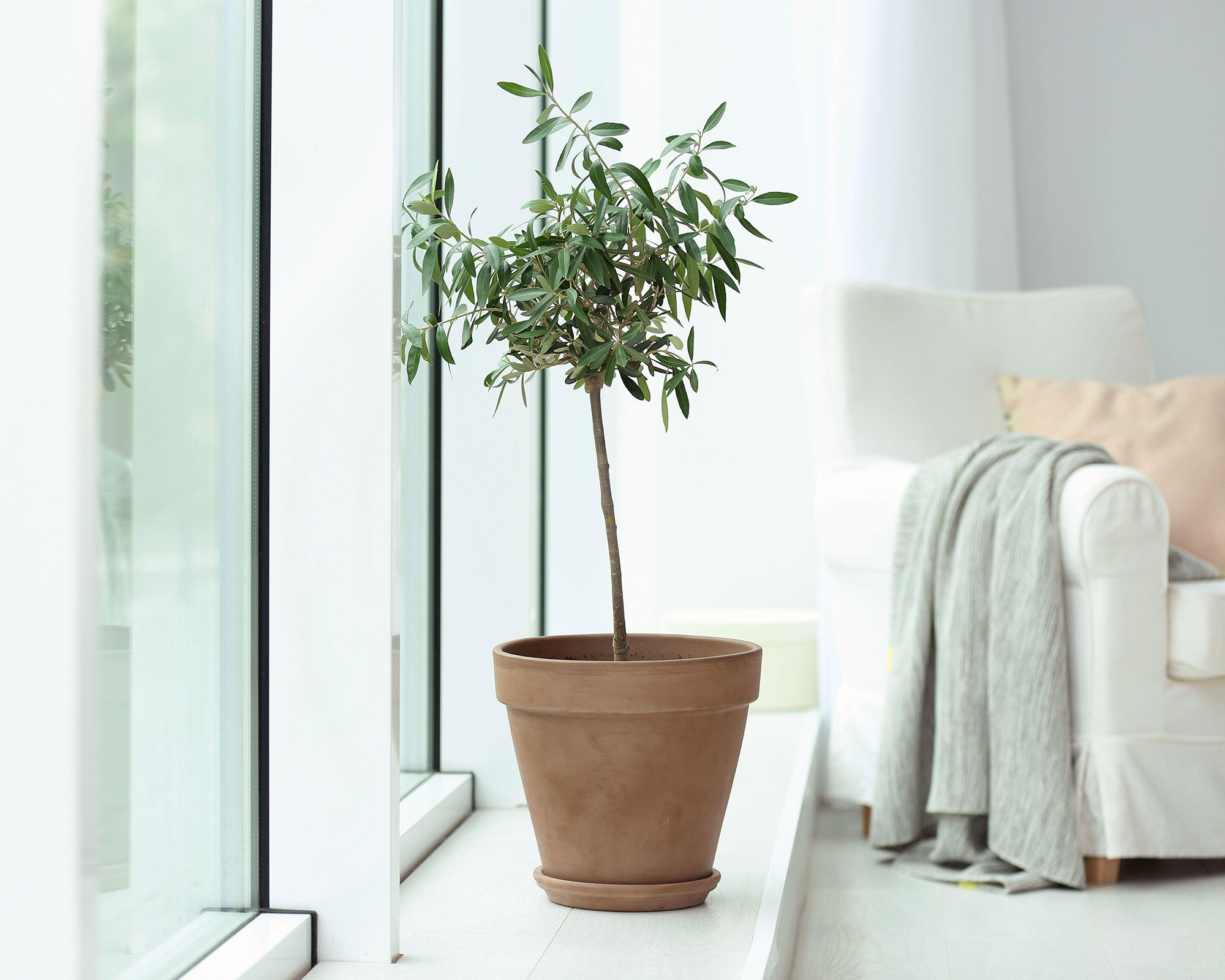
Ever wondered if you can grow olive trees indoors? Well the simple is answer is yes. If you live in a sunny climate, a sophisticated olive tree with subtle, silvery grey foliage makes the perfect choice for a calm, modern interior. These elegant plants are a staple of Mediterranean gardens, but will also work indoors if they get plenty of sun. They will need full sun at least six to eight hours a day, so a site by a sunny window is perfect.
Although they are slow growing, choose a dwarf variety, as even these can reach 6ft (1.8m). Olive trees need free draining soil, so ensure that the bottom of the pot is lined with a couple of inches of gravel before adding compost. Water only when the top few inches of soil has dried out and don’t mist the leaves, as this is one tree which likes dry air.
Experts agree that olive trees won’t survive indefinitely inside, but you should get around eight years of enjoyment before moving them to an outside spot where you can then enjoy them as part of your patio gardening ideas.
What is the easiest indoor tree to grow?
The Dragon Tree (Dracaena fragrans) is actually a shrub with a tree-like appearance, but it’s very easy going and will cope if you forget to water it from time to time. Position away from direct sunshine and water it when the top couple of inches of compost are dry during the spring and summer. In winter, reduce the amount of water given. It will grow up to 5ft (1.5m) tall.
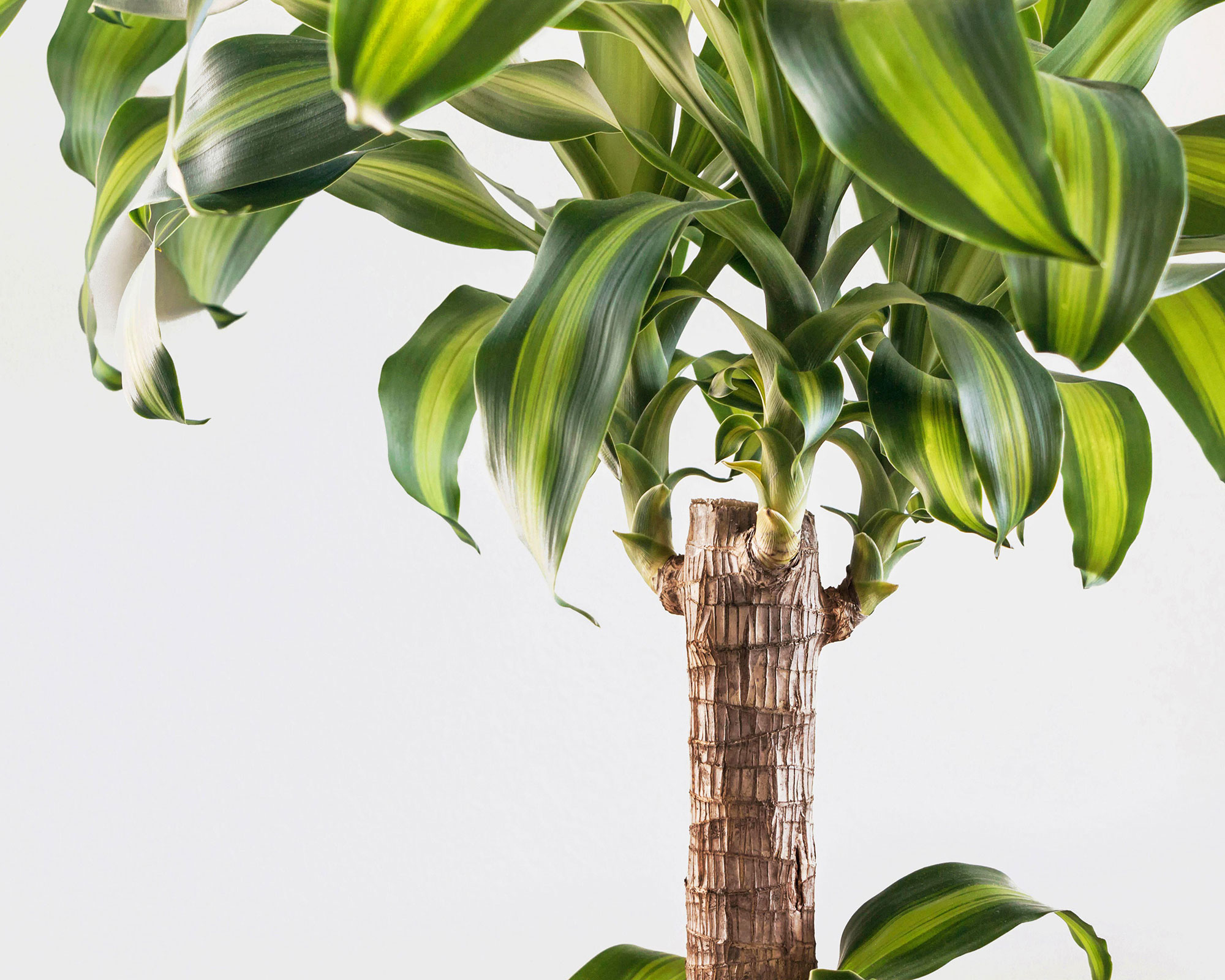
What is the fastest growing indoor tree?
Giving any indoor tree the optimum growing conditions – ample light, water and food – will ensure that it grows quickly and strongly. The Fiddle Leaf Fig tree will put on about 12-18 inches (30-45cm) a year, but to do this, it will need lots of natural light and it requires feeding in the growing months.
Expert tips for healthy indoor trees
Houseplant expert David Domoney gives these tips for raising the healthiest indoor trees:
- Never let your indoor plants sit in trays full of water.
- Avoid keeping plants in areas where they get extreme temperature changes. For instance, by the back door where they are susceptible to drafts, or above a heating source such as a radiator where heat can scorch them.
- Even the best trees to grow in pots indoors will need some basic care and attention. Be sure that you check each plant and its preferred position. Usually a brightly lit window that isn’t in direct sunlight is the best spot.
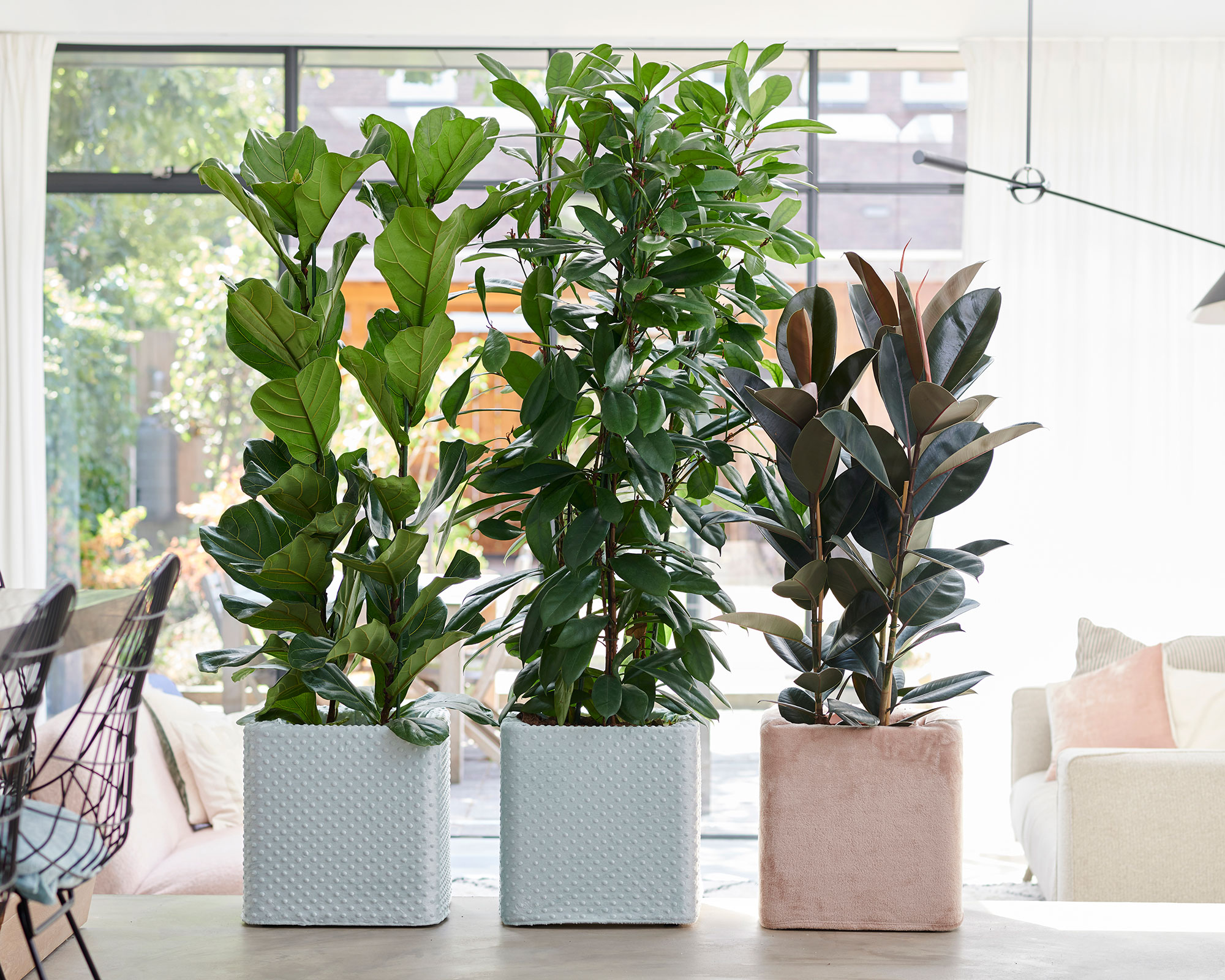
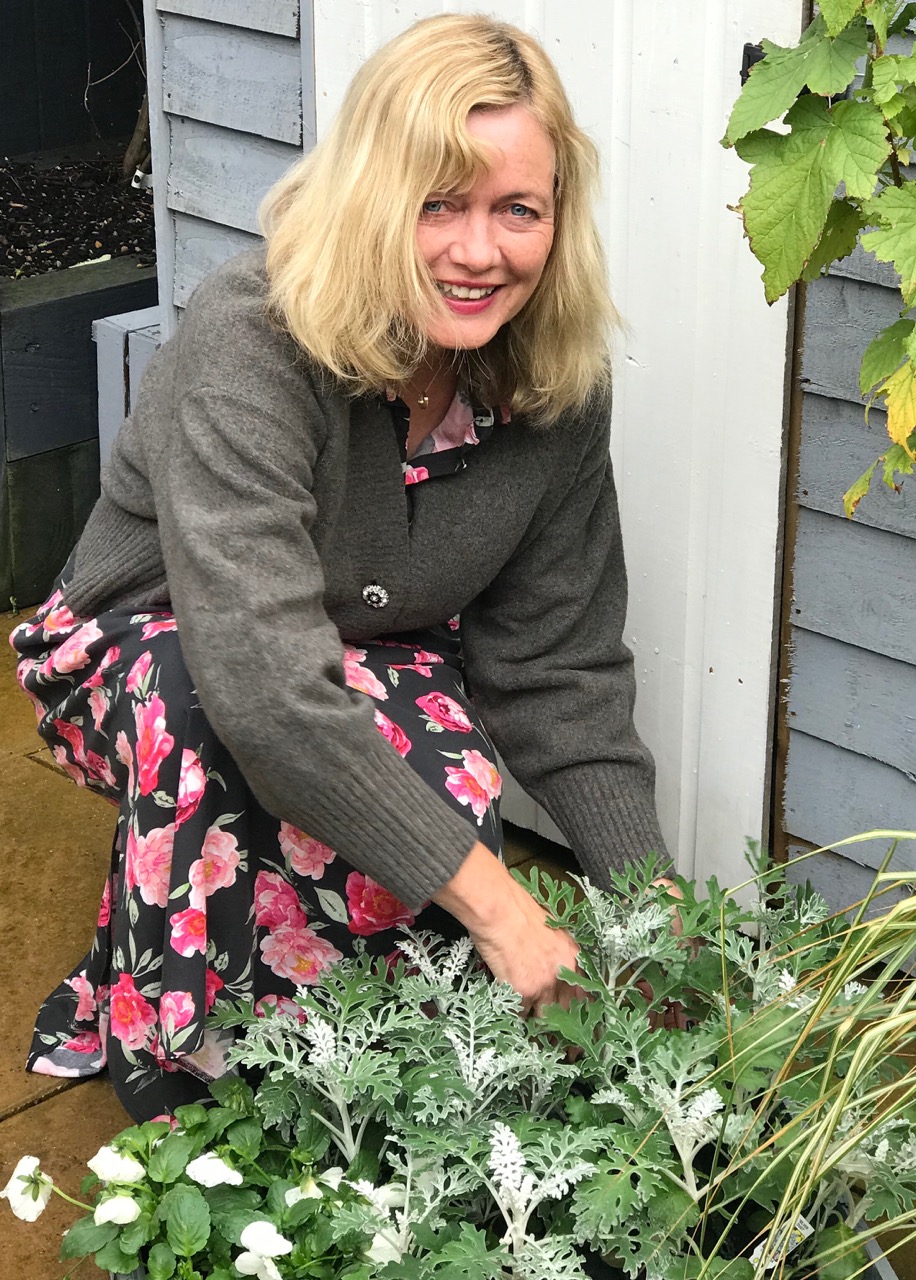
An experienced freelance journalist, editor and columnist writing for national magazines and websites, Fiona now specialises in gardens. She enjoys finding and writing about all kinds, from the tiniest town plots to impressively designed ones in grand country houses.
